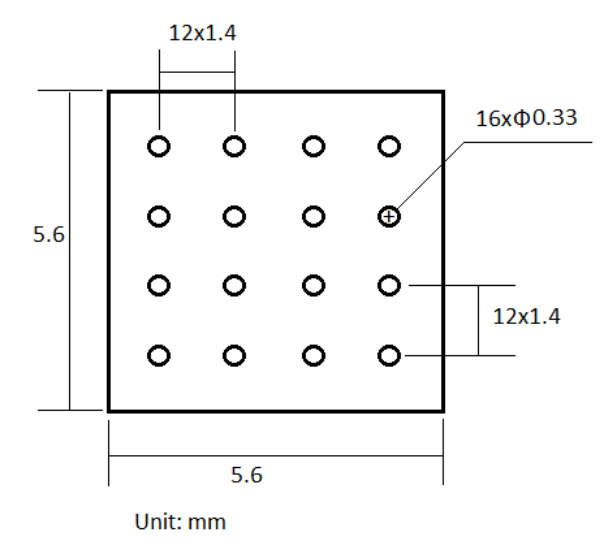SLVSCE7A May 2014 – September 2014 TLC5958
PRODUCTION DATA.
- 1 Features
- 2 Applications
- 3 Description
- 4 Typical Application Circuit (Multiple Daisy-Chained TLC5958s)
- 5 Revision History
- 6 Description (Continued)
- 7 Pin Configuration and Functions
- 8 Specifications
- 9 Parameter Measurement Information
-
10Detailed Description
- 10.1 Overview
- 10.2 Functional Block Diagram
- 10.3
Device Functional Modes
- 10.3.1 Brightness Control (BC) Function
- 10.3.2 Color Brightness Control (CC) Function
- 10.3.3 Select RIREF For a Given BC
- 10.3.4 Choosing BC/CC For a Different Application
- 10.3.5 LED Open Detection (LOD)
- 10.3.6 Power Save Mode (PSM)
- 10.3.7 Internal Pre-Charge FET
- 10.3.8 Thermal Shutdown (TSD)
- 10.3.9 IREF Resistor Short Protection (ISP)
- 10.3.10 Noise Reduction
- 11Application and Implementation
- 12Power Supply Recommendations
- 13Layout
- 14Device and Documentation Support
- 15Mechanical, Packaging, and Orderable Information
Package Options
Mechanical Data (Package|Pins)
- RTQ|56
Thermal pad, mechanical data (Package|Pins)
- RTQ|56
Orderable Information
13 Layout
13.1 Layout Guidelines
- Place the decoupling capacitor near the VCC pin and GND plane.
- Place the current programming resistor Riref close to IREF pin and IREFGND pin.
- Route the GND pattern as widely as possible for large GND currents. Maximum GND current is approximately 1.2A
- Routing between the LED cathode side and the device OUTXn pin should be as short and straight as possible to reduce wire inductance.
- The PowerPAD™ must be connected to GND plane because the pad is used as power ground pin internally, there will be large current flow through this pad when all channels turn on. Furthermore, this pad should be connected to a heat sink layer by thermal via to reduce device temperature. One suggested thermal via pattern is shown as below. For more information about suggested thermal via pattern and via size, see " PowerPAD Thermally Enhanced Package", SLMA002G.
13.2 Layout Example
